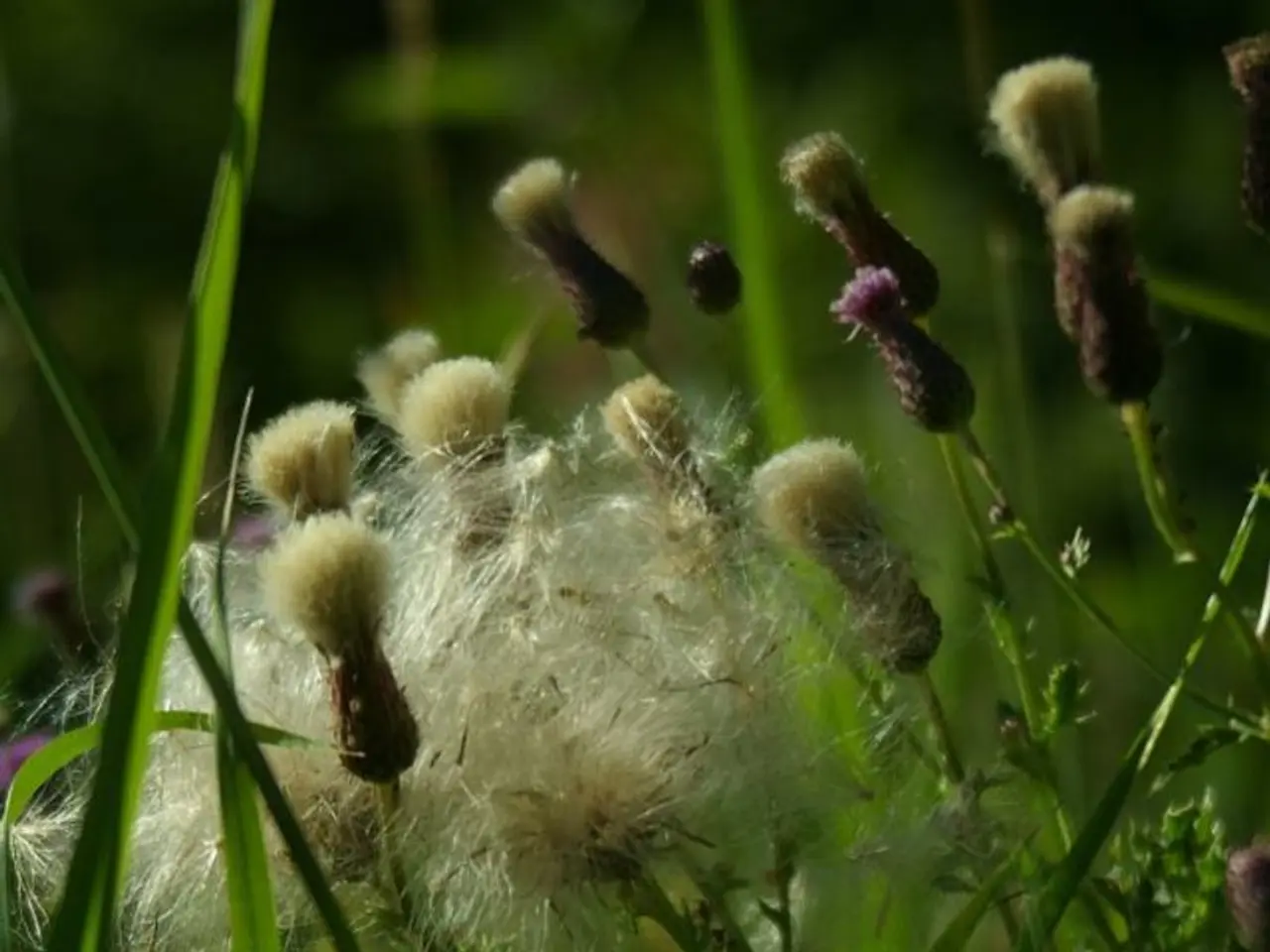Optimal Vegetable Planting Timeline in Maryland: A Seasonal Roadmap for Maximum Yield
Vegetable Gardening in Maryland: A Guide to the Optimal Planting Schedule
Maryland, with its temperate climate and diverse microclimates, offers a bountiful opportunity for vegetable gardening. The state has two main planting seasons: spring and fall, each with its unique set of crops to sow.
Spring Planting (March to May)
Spring is the time for cold-tolerant and early warm crops. Plant cool-season vegetables like peas, spinach, lettuce, radishes, and onions early in spring when the soil is still cool. As the weather warms up, you can start sowing warm-season crops like beans, cucumbers, summer squash, and tomatoes.
Summer Planting (July to August)
For a fall harvest, sow quick-growing or cool-season crops in mid to late summer, such as arugula, kale, chard, cilantro, mustard greens, turnips, radishes, and bush beans. These crops mature in 30-60 days and tolerate cooler fall weather or light frost.
Fall Planting (August to October)
Start cool-season crops indoors 6-8 weeks before the first frost (typically around mid-October) and transplant them in late summer or early fall. Cool-season crops like broccoli, cabbage, and cauliflower will mature before hard freezes.
Garlic Planting
Plant garlic in October for overwintering and harvest in summer of the following year.
Maryland's climate zones range generally from USDA zones 5b to 7a, so planting dates shift slightly with location—the western mountains start and end growing seasons later than lower southern areas. It's useful to consult local extension services for precise regional planting calendars.
A Bountiful Harvest in Maryland
Knowing what to plant and when not only reduces the risk of crop failure but also ensures you're making the most of Maryland's growing seasons. For example, start leafy greens like spinach and lettuce in early spring, while heat-loving crops like tomatoes and cucumbers thrive when planted from mid-May to mid-June.
Lettuce and carrots can be sown directly into prepared beds, while tomatoes benefit from being transplanted when the soil is consistently above 60°F. Spacing is critical for tomato plants, with 18-24 inches between each plant. Consistency in watering schedules is essential for a bountiful harvest.
Succession Planting and Adapting to the Weather
Succession planting is a great way to ensure a continuous harvest in Maryland. This staggered planting schedule ensures that the garden remains productive throughout the state's varied climate. Adapting to Maryland's weather forecast is crucial for timing direct seeding.
The Role of Organic Fertilizers and Grow Lights
Organic fertilizers are used to nourish the soil and plants sustainably. Grow lights are used to simulate outdoor conditions for indoor seedlings, helping them grow strong before transplanting.
Glen's Gardening Tips
Glen, an experienced gardener with over 15 years of hands-on experience in garden maintenance, design, and landscaping services, shares his knowledge through a blog. His latest posts include "Garden Fungicides: Essential Tips for Disease-Free Plants," "When to Pick Candy Cane Peppers: Optimal Harvest Time Guide," and "When to Pick My Watermelon: A Gardener's Guide."
In summary, Maryland's climate and diverse hardiness zones make it a great place for vegetable gardening. By following the optimal planting schedule, gardeners can enjoy a bountiful harvest throughout the growing season.
- Home-and-garden enthusiasts in Maryland should consider the plant hardiness zones when transplanting seedlings, as the state's climate ranges from USDA zones 5b to 7a, with earlier planting occurring in lower southern areas and later in the western mountains.
- When deciding on which vegetables to plant during the fall season, gardeners may want to consider fast-growing crops like arugula, kale, chard, cilantro, mustard greens, turnips, radishes, and bush beans, which can tolerate cooler fall weather or light frost.







